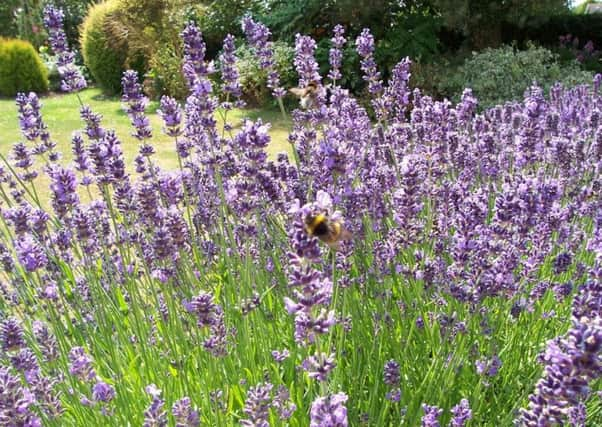Not much happening – you must be joking!


Truth to tell, this is one of those busy periods when a sense of urgency begins to creep in. Thankfully, on balance the weather has played ball since late December.
Some of the traditional advice for winter activities still holds good. For example, it’s sound to have the lawnmower serviced.
Advertisement
Hide AdAdvertisement
Hide AdCleaning, oiling, and sharpening tools is also a good idea, but as for storing them until spring, that’s not realistic in this garden. The tools are in constant use and the lawns will be mown at least once before March.
Like it or not, the weather pattern is changing. Unpredictable too, but it is presenting more gardening opportunities over winter, and they’re there to be taken if you’re keen enough and wrap up accordingly.
We’ve recently been lifting and re-planting mature perennial shrubs, bulbs and turf, thanks to a faulty water main through the garden. The timing was good because such work is possible, frost-permitting, until March.
We then moved on to the removal of a 10m run of dwarf lavender hedge which needed replacing. Such is its attraction for bees that young replacements were standing by in pots.
Advertisement
Hide AdAdvertisement
Hide AdLavender plants age quickly without annual pruning, which for me amounts to removing spent flowering stems in November, leaving some annual growth as frost protection, then cutting back to new emerging shoots in spring.
A 30cm high, double row of lavender that ran up either side of the driveway was chopped to ground level two years ago. Its surprise response was to send up strong new basal growth that summer.
Weather-related changes are increasingly affecting the hardiness and flowering habits of our garden plants.
One example is the group of variegated fuchsia Tom West. It had failed to survive outdoors over past winters, but we always had back-up from rooted stem cuttings in the propagating box.
Advertisement
Hide AdAdvertisement
Hide AdLast winter, ‘Beast From The East’ and all, we tried again, and the group survived. Now I’m treating it as a permanent outdoor fixture until the weather decides otherwise.
There have always been cases of plants flowering either late or early out of season, or summer favourites offering a surprise encore in deepest autumn.
When this happens to any summer shrub or rose it begs the question will it flower at the normal time next year?
I’ve always accepted such prolonged displays as a late bonus, with the proviso that the regular prune be given just before spring arrives.
And it appears that I’m in good company.
A member of the garden team asked this question of Mr Titchmarsh when he visited The Alnwick Garden a few years ago and the response sent him even higher in my estimation.